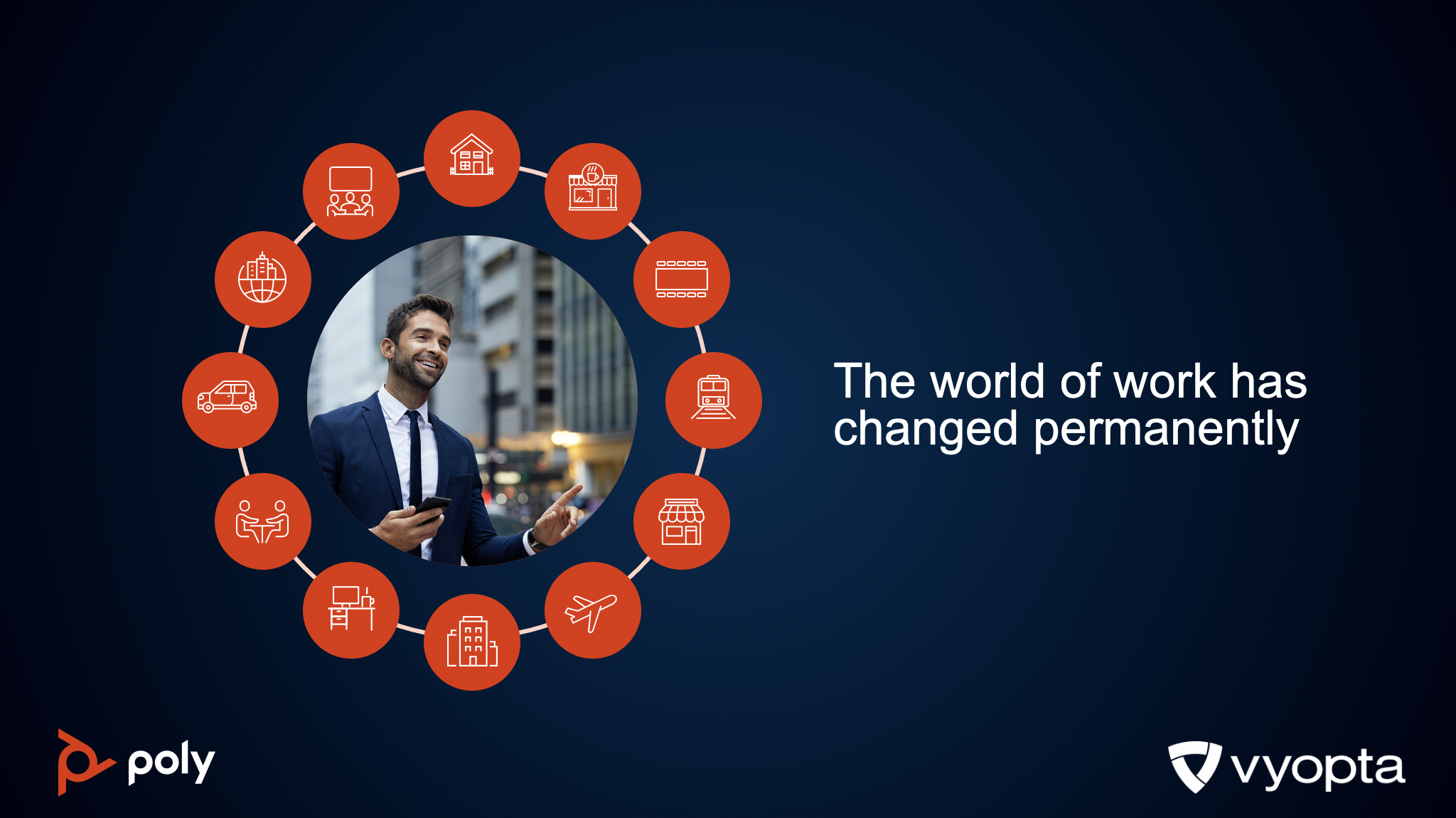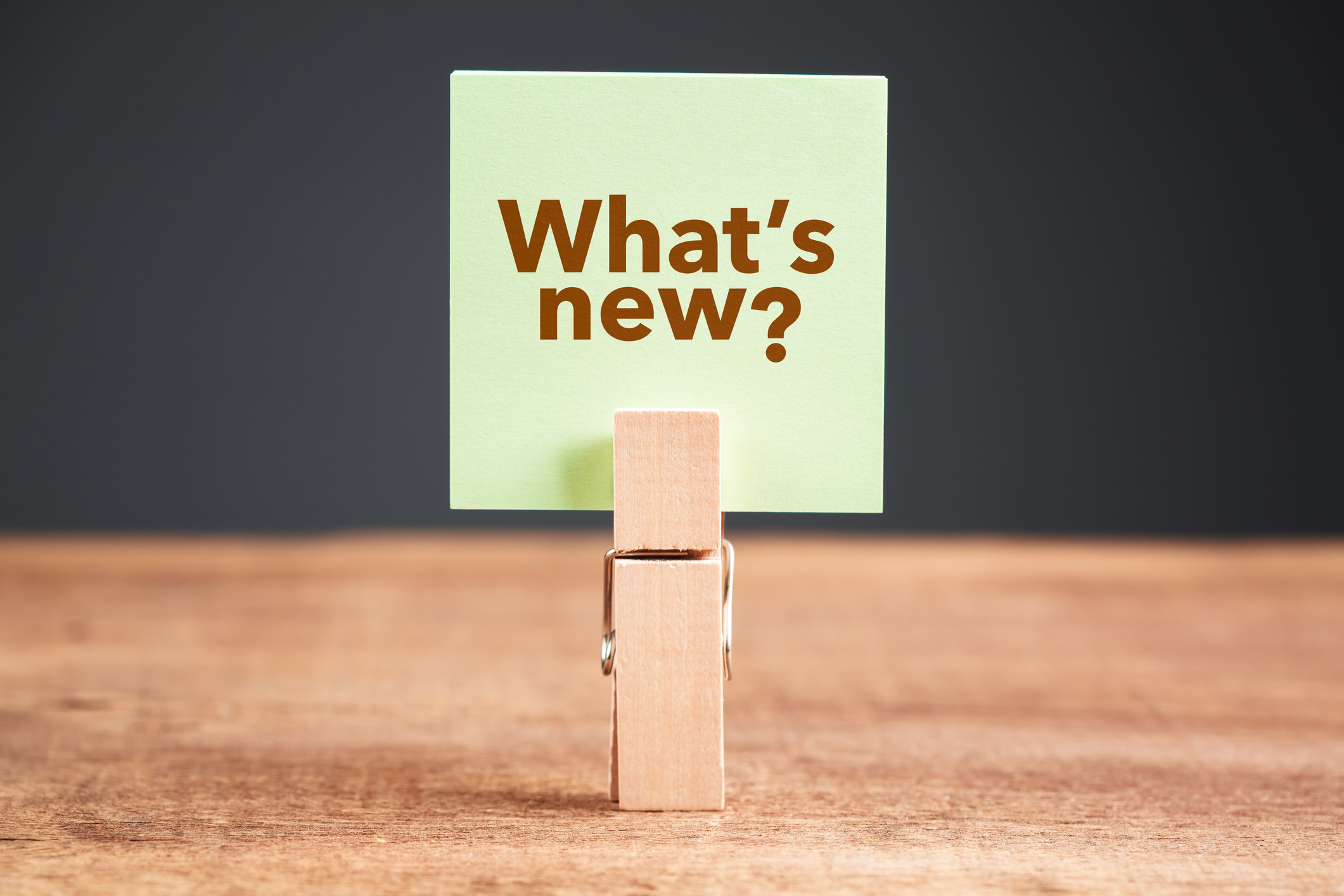.png)
What will the post-Covid office space look like? By now most knowledge workers have grown incredibly familiar and used to the home office they’ve been working from since the start of the pandemic, but as vaccinations increase in the U.S. and elsewhere many companies are bringing team members back and moving ahead with the hybrid work transition.
That could look like “hotel desk” situations where workers reporting to the office only a few days a week reserve a work space that is diligently cleaned and prepared for another user on a different schedule. And it will also include increased use of video conferencing endpoints on desks so in-office workers can participate in meetings digitally to reduce congregation and the likelihood of virus transmission.
Conference rooms will still be used and have value to companies, but more of that use will come from partitioned work spaces in addition to serving as the focal point where video meetings originate from.
Among the factors that managers and executives implementing a return to work and hybrid work transition will need to consider:
- Will existing UC infrastructure or licensed UCaaS tools handle dramatically higher bandwidth to accommodate digitally dispersed in-office meetings?
- What are the ways conference rooms and other meeting areas can safely and efficiently be used going forward?
- What is the proper balance of work/home time now that workers may resist five days of commuting each week?
There is a balancing act that will be required for companies that want to have more in-office time but also need to create a workplace that meets the increased health and safety standards of the post-Covid world.
“There are two reasons why people would want to return to the office. One is to be able to interact with peers and the other is because maybe they don’t have a good place where they can concentrate at home,” said Kamalina Czerniak, Vyopta’s senior manager of product marketing. “In one scenario there’s more potential use of those common areas and of the conference rooms with interactions with other people, while at the same time many people are going to be in the office and joining calls remotely from their desks, not necessarily having meetings in the conference rooms.”
Czerniak said some Vyopta client companies who have gone through a hybrid work transition or returned to an all-office scenario in recent months saw immediate problems with their UC quality because of the large increase in meetings held digitally in the office. If those kinds of problems aren’t quickly managed to identify and fix the source of quality problems, she said workers who have returned to the office may feel unmotivated or skeptical about how they’ll be able to work away from home.
“The IT infrastructure needs to be able to stand up to being able to support all these different modes of work, because when people go back to the office not only are some people going to be joining remotely from their desks and they need that to work but you need to take care of critical attendees who are joining remotely into those meetings as well,” she said.
Getting data for an intelligent hybrid work transition
Vyopta’s single-pane-of-glass data and analytics platform is able to provide the view into UC both in and out of the office to pinpoint problems and help IT and UC teams manage far greater workloads. Another important consideration is that with the majority of companies evolving into multi-vendor environments for UC and collaboration, Vyopta can look across most currently used tools at once so teams don’t have to bounce around the various OEM quality tools native to each platform.
Workspace insights are another important utility Vyopta provides for the hybrid work transition, using existing sensor equipment in endpoint hardware to let clients look at:
- The booking behavior of meeting rooms
- Finding the peak hours and duration of meetings
- If large spaces are being underutilized
- Possible cases of room capacity exceeding health guidelines
- If in-person attendance is trending up or down in concert with remote video use
A recent survey from Vyopta found that 91 percent of respondents feel it is critical to have detailed data on workspace usage so companies can manage the move to the hybrid work environment responsibly.
“We need data not only for infrastructure needs but also to make sure people are safe in the new workplace. The information that folks need from IT teams, workspace teams, HR teams, and the facilities teams to understand safe office reentry is around occupancy, so that occupancy data can be collected with sensors that are already in places like conference rooms,” Czerniak said. “This allows you to understand if the number of people in a given conference room breached the allowable safe social distancing limit… not just the capacity of that room, but whether it has or hasn’t breached that safe social distancing limit.”
Want to see how Vyopta can help your team with improved monitoring and analytics? Take the Guided Tour.

Chad Swiatecki is a business writer and journalist whose work has appeared in Rolling Stone, Billboard, New York Daily News, Austin Business Journal, Austin American-Statesman and many other print and online publications. He lives in Austin, Texas and is a graduate of Michigan State University. Find him online on LinkedIn.


.png)

